Reducing changeover costs in your processes
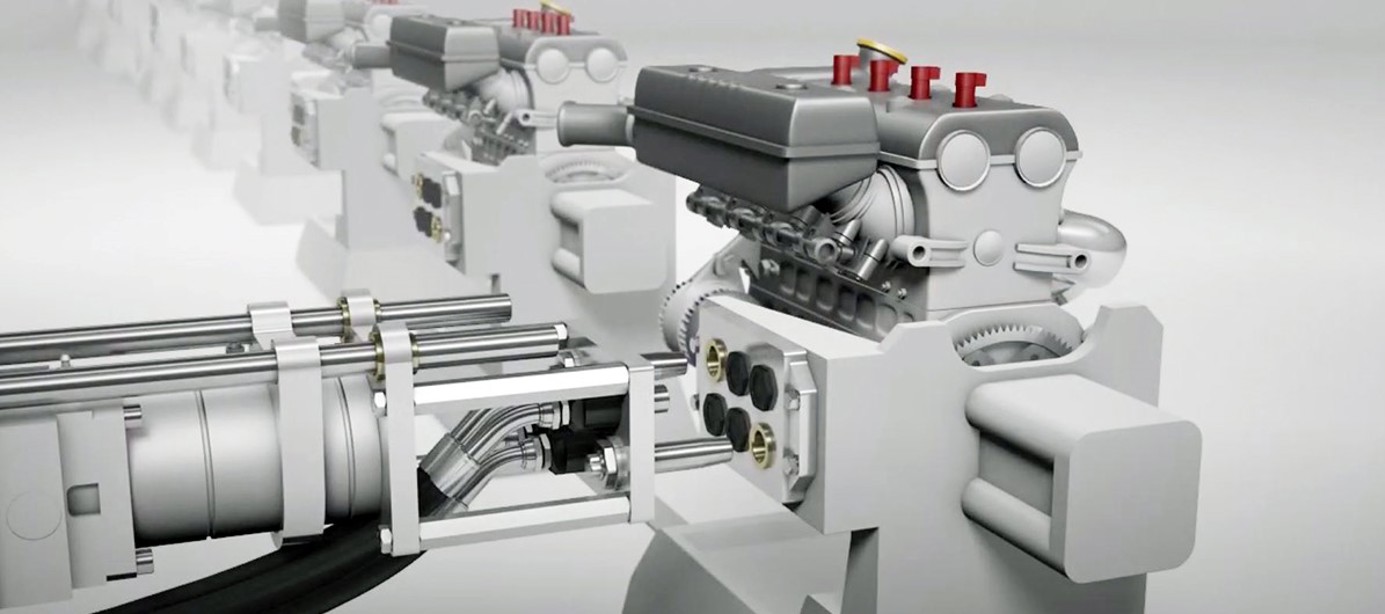
In this article, we will review the various cost and time-consuming factors in changeover, and provide ways to save you time and money when encountering these inhibitors.
If you are a manufacturer with hydraulic and fluid systems as part of your manufacturing process, you probably experience constant pressure to reduce changeover times. However, many manufacturing applications often require constant changeover to keep up with demand for smaller batch quantities. Catch 22, right? Several programs are utilized by manufacturers with the single largest method followed being Single Minute Exchange of Dies (SMED). In this article, we will review the various cost and time-consuming factors in changeover, and provide ways to save you time and money when encountering these inhibitors.
Each time a changeover is made, expensive equipment sits idle rather than producing products that generate profits. In the past, improvements were focused strictly on shortening the physical die/mold changeover time. While that is a large part of cost, there is more savings available when you consider how the overall system affects changeover and machine components.
When a machine utilizes a hydraulic system, either to operate the machine or as the retention system for the tooling, many times this system must be shut down and hydraulic pressure neutralized. This pressuring-down of the hydraulic system takes time that adds to the time and cost of the changeover.
Another cost factor that many people overlook is the fatigue factor on the hydraulic hoses, especially where the hose meets the fittings. Most hose failure is caused by fatigue in the reinforcement fibers that allow the hose to hold such high pressures.
With each cycling from low pressure to high pressure, and then back again, the reinforcement fibers are strained and then relaxed again which causes wear on each reinforcement fiber. Over time, this wears on each fiber and eventually weakens them to the point that they can no longer hold the system pressure, and eventually they fail.
Hose fatigue is accelerated at the hose/fitting connection, which becomes more so if there is any hose twisting involved during hose pressurization/depressurization. When a high-pressure hose fails, it can create many problems including safety for anyone in the immediate area such as the machine operator and maintenance personnel. It also creates potential fire hazards or other safety hazards as well as maintenance and cleanup costs.
Several factors can contribute to increased tooling changeover time.
Figure 1* shows Clamp/Unclamp as the third largest factor contributing to tool change time. (Adjustments being the largest.)
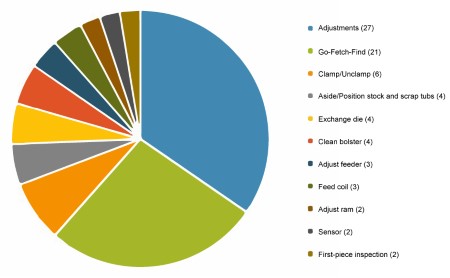
Figure 1: Identifying pockets of time is the first step toward reducing die changeover time. This chart shows pockets of time for a 300-ton coil-fed press.
*Source
In another cost breakdown (Figure 2*), clamping is shown to be the fourth largest cost associated with changeover at 12.4% of the die change. This study also shows Water Lines as 22.32% of changeover time. Combined these add up to 34.73% or 45 minutes.
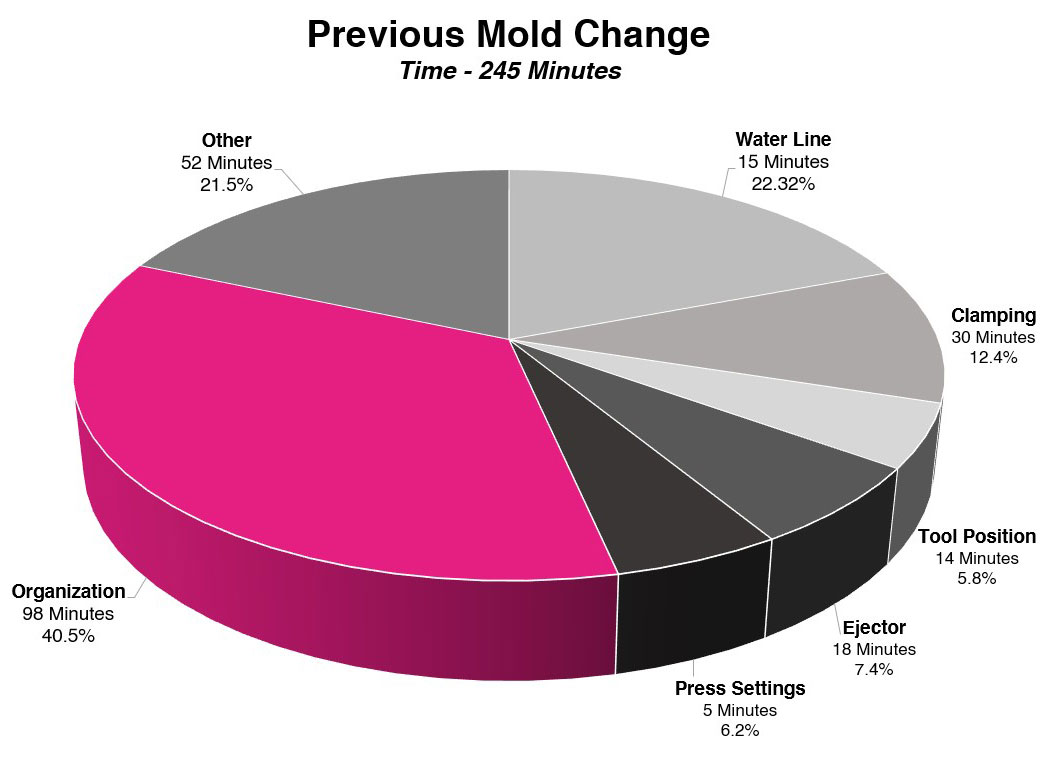
The same situation is true for Injection Molding where heating systems are used to circulate hot fluids to warm up and maintain desired mold temperate for optimum quality and throughput. Starting and stopping pumps for these applications also add time to changeover and cost, in addition to any hydraulic clamping of the molds.
If the connection and disconnection is automated, there is always the chance of incurring pressure on either side or both. In most cases, a typical coupling connection is not designed to connect/disconnect under pressure. The CEJN Auto Couplings series allow quick connections/disconnections under pressure, reducing expensive down time and hose fatigue. These provide non-spill connection/disconnection with an extreme high flow rate.
The CEJN Series 965 Auto Coupling protects the internal seals from extrusion so the connection can be made under pressure with no damage to the coupling. Its well-engineered, robust design provides the user with many more possible options on how to engineer their process(es) for greater savings and lower maintenance costs.
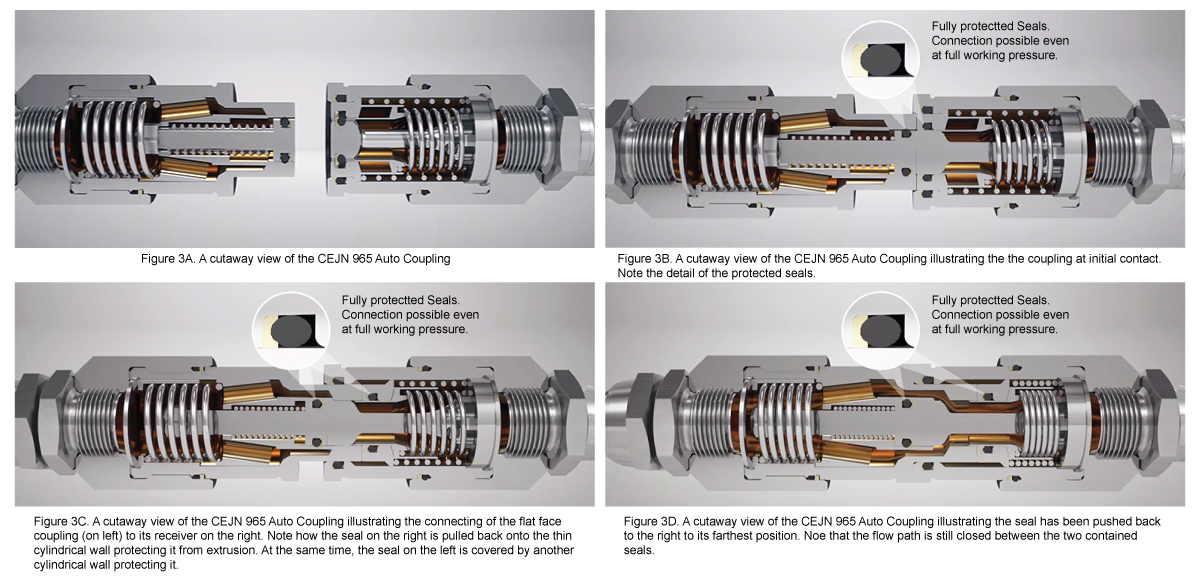
CEJN Auto Couplings do not utilize a locking sleeve like a traditional coupling. They are fixed into a flat surface or plate and held in place by an external mechanism such as a hydraulic cylinder or a mechanical locking device.
Ready to Save? Let us know how we can help.
At CEJN, we can also provide complete engineered solutions for fluid transfer for all your die and mold change systems that can save you time and money
Related Stories
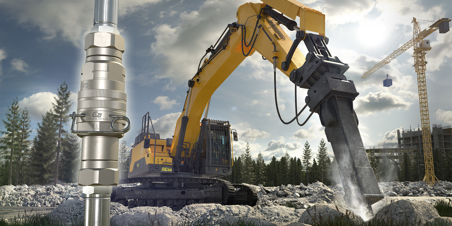
Step-by-step guide: How to change the seal on CEJN TLX coupling
Using products that last is a sustainable choice for both the wallet and the planet. Rather than disposing of a product once it reaches the end of its service life, we offer a wide range of spare...
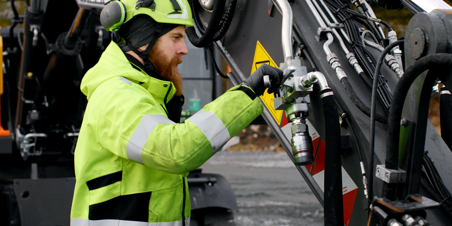
Step-by-step guide: How to install CEJN TLX on hydraulic attachments
In heavy-duty applications, the failure of quick-connect couplings often comes from high surge flows. These surges can lead to seal failures and machine damage, resulting in costly leakages and machine downtime. CEJN TLX is a super-duty coupling solution specifically designed to withstand the...
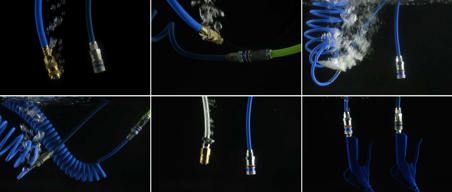
Compressed air optimisation: 5 common leak sources in compressed air systems
Compressed air systems offer a versatile and efficient power source within many industries. High reliability and a favourable cost/performance ratio have kept the compressed air solutions a top...
